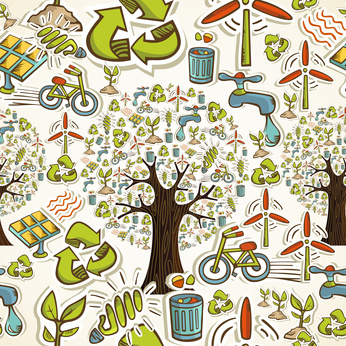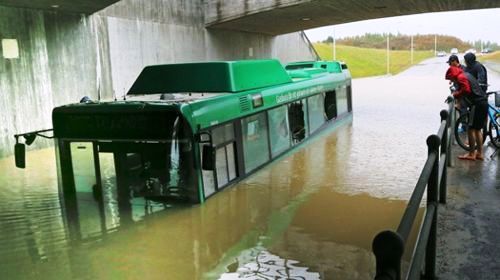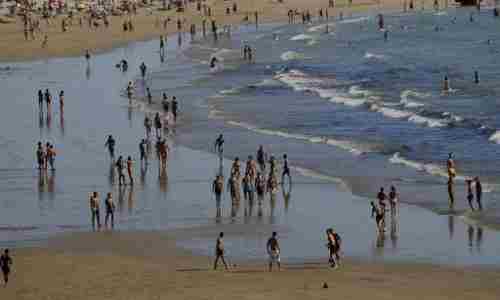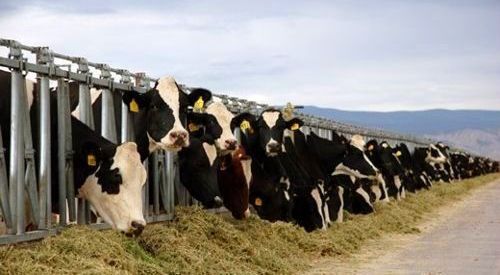Moving towards a circular economy is at the heart of the resource efficiency agenda established under the Europe 2020 Strategy on smart, sustainable and inclusive growth. With the Roadmap to a Resource Efficient Europe in 2011, the Commission proposed a framework for action and underlined the need for an integrated approach across many policy areas and levels. The main ideas from the Roadmap were developed further in the General Union Environment Action Programme (7th EAP), which has as a priority objective to turn the EU into a resource-efficient, green and competitive low-carbon economy. The high-level European Resource Efficiency Platform, bringing together governments, businesses and civil society organisations, has called for action to move to a more circular economy, which requires more reuse and high quality recycling to reduce reliance on primary raw materials.
In the 7th EAP, Member States and the European Parliament decided to establish indicators and set targets for resource efficiency, as well as to assess the appropriateness of the inclusion of a headline indicator and target in the European Semester. Following wide consultations, resource productivity, as measured by GDP relative to Raw Material Consumption (RMC), was identified as the most suitable indicator for a possible resource efficiency target. The EU is already expected to increase its resource productivity by 15% between 2014 and 2030 under a business as usual scenario. Policies to promote the transition to a more circular economy, as called for by the European Resource Efficiency Platform, could result in a doubling of this rate, while boosting job creation and generating further growth.
For more information, visit:
http://ec.europa.eu/environment/circular-economy/
Source: Europa.



















